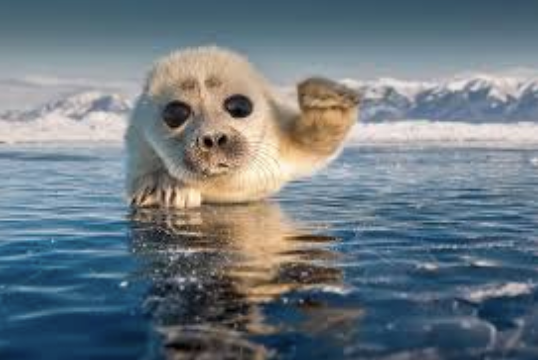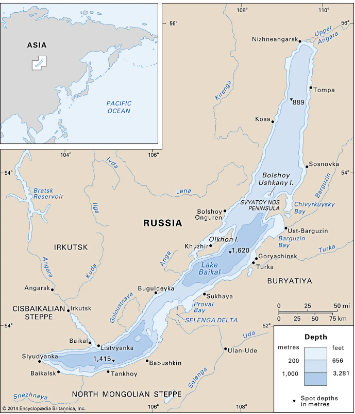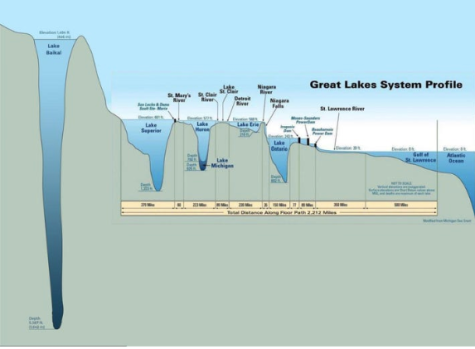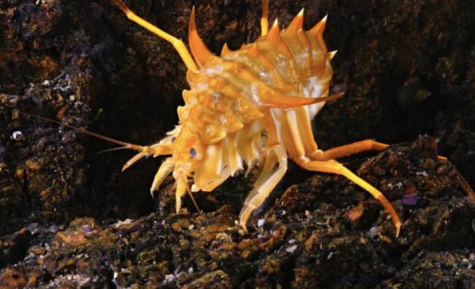Widening Crack in Earth’s Crust: A Seal’s Home

October 14, 2022
What does a continental rift have to do with a species of seal? Far more than you might think. Lake Baikal is a freshwater lake located in Southern Siberia, acting as part of the border between the regions of Irkutsk Oblast and the Republic of Buryatia in Russia. Lake Baikal, by surface area, is the seventh largest lake in the world, but is the largest freshwater lake in the world, holding 22-23% of the planet’s freshwater. Lake Baikal is also the oldest freshwater lake on Earth, having first formed 25-30 million years ago. Its isolated location and ancient past have made it a unique ecosystem of its own, with over 3,500 recorded species of plants and animals, over 80% of which are endemic to the lake, meaning not only are they native, but only found in a limited area. What’s even wilder is that the recorded 3,500 species are estimated to be only a portion of the total species in the lake. Yet, all of this isn’t what truly makes it special.

First things first, how does Lake Baikal have 22-23% of the Earth’s freshwater when it’s only the seventh largest by surface area? The lake is formed in a rift valley, created by the splitting of the Earth’s crust as the Eurasian plate and Amur plate move away from each other, tearing southeast Russia apart by around 2 centimeters a year. This not only means the valley is growing in length but also in depth. This is why Lake Baikal is the deepest freshwater lake on Earth, reaching a whopping 5,387 feet (1,642 meters) deep. This is only part of the rift though, as another 4.3 miles of sediment lay at the bottom of Lake Baikal, making the rift 6.8 miles deep–the deepest continental rift on Earth. The lake is a scar on the land at 395 miles (636km) long and 49 miles (76km) wide.

Lake Baikal depth compared to the Great Lakes.
That being said, how does this make it so biologically unique? In the first place, 330 rivers feed into the lake, and it only drains from one, meaning that when combined with 25-30 million years of history, the lake is a haven for isolated evolution. This is what led to over 80% of its biological population being endemic, from fish to mammals, underwater plants, and sponges. One of these endemic species is the Baikal Seal or Nerpa Seal (pictured as a pup above). The Baikal seal is the only species of seal in the world that lives entirely in freshwater, and can only be found in Lake Baikal.
A combination of anthropological records, genetic sampling, and analysis suggests that the Baikal seal split from its closest relative, the saltwater Arctic Ringed Seal around 400,000 years ago, becoming a unique subspecies of the ringed seal as it evolved in its new habitat. Beyond the Baikal Seal, there are many more endemic species, from hundreds of plants to half of the lake’s fish, and a majority of the invertebrate population. Said invertebrate population makes up 80-90% of the lake’s biomass, meaning most of the biological community is unique to Lake Baikal. Moreover, many indigenous human populations have lived off of the lake for thousands of years, and some still do.

A large amphipod species endemic to Lake Baikal.
In short, Lake Baikal is an ancient and unique freshwater lake in Siberia, formed by a slowly widening continental rift. Many attributes combine to create an ecosystem teeming with endemic species, and a long history of human and animal habitation.




